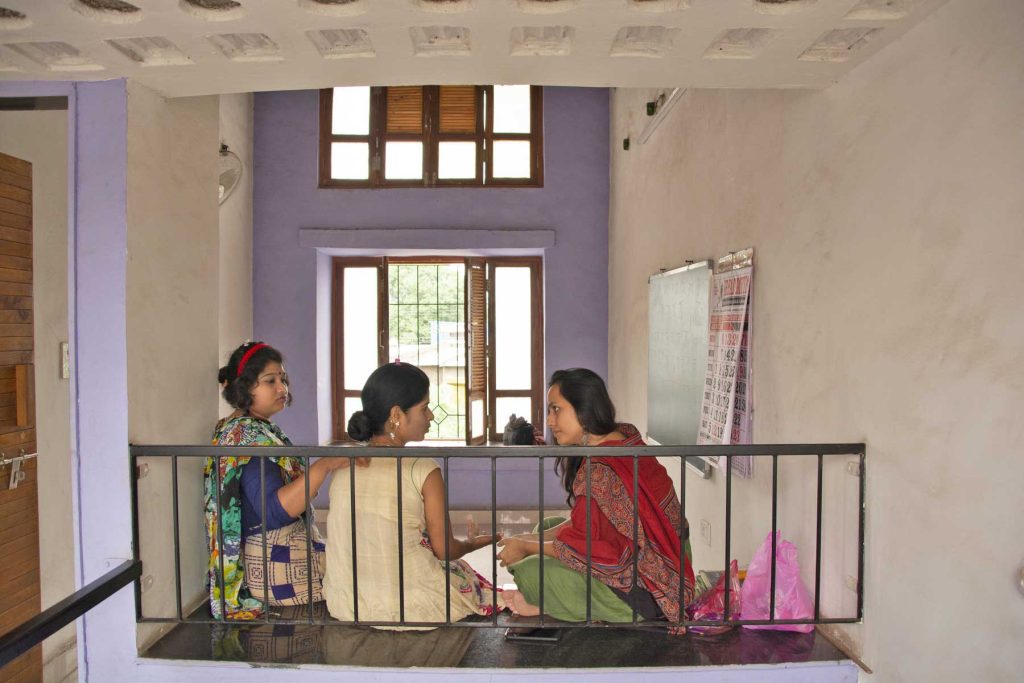In India there is immense focus on the health and livelihoods of sex workers, but a lack of attention paid to their living and working conditions. It is proven that a built environment impacts the health of the users of a space. However, given the moral dilemma that is attached to this type of livelihood, and the illegality around it in India, it is challenging to give any positive consideration to the type of place—rooms, homes, or shanties—these women use to operate their business. Niramay Place makes a case for a healthy and safe space for the sex workers of Shevgaon.
Cause
In Shevgaon, the women work out of dilapidated brothels. Most houses don’t have any windows and the tin shed roofs, at an inadequate height of 8 feet, turn every space into a furnace during the summer months. In their struggle for survival, the women hardly pay attention to the hygiene of their workspace. The idea that they too deserve a safe and healthy space seems alien to them; however, once they began reflecting on these issues with the design and social team, there was a perceptible change in their attitude, which reflected in how they maintained their spaces after Niramay was built.
Method
During the initial stages of the project the sex workers participated in a community-wide survey and helped develop the design brief. Their sense of ownership towards Niramay Place was built into the engagement process itself. They decided which elements were critical for them, how the space should be organized, the location for the building, and gave inputs on the final finishes.
A participatory design workshop was organized to conduct a design exercise with the women. Since most of them had never been to school or held a pen, we realized that they were hesitant to engage with the usual materials of a design workshop. Because all of them had at some point made rangolis—designs made in front of homes using rice flour or chalk during special occasions and festivals—they were willing to work with chalk, water and thread, which helped them imagine and express what their places of work could be.
Impact
Niramay served the purpose for which it was built. In its postoccupancy, it saw the women taking full charge of their space. Its usage and upkeep were left entirely to them, and they maintained it well right until the pandemic brought their work to an abrupt halt. Taking their experiences from Niramay to their own workspaces, many women improved their living conditions and saw value in focusing on their own health and wellbeing.

